A tourist hot spot, a must visit when in Delhi – The Red Fort. Not only do we Indians appreciate the majesty of this vast architectural wonder, but it draws interest from across the world. However, while we all know about the Red Fort and most if us have paid a visit at least once, we often overlook the secrets this monument has to share with us. So here are some facts about red fort that you probably did not know about the expanse of red that glorifies the streets of Chandni Chowk:
1. The Red Fort was originally white!
Yes, it’s called the Red Fort, but it was not originally built that way. As per the Archaeological Survey of India, parts of the building were made of lime stone. When the white stone started chipping off, the building was painted red by the British.

2. The fort owes its name to the boundary walls
The high boundary walls were meant to provide maximum security to the royals. Since it was constructed in red stone and bricks the British called it Red Fort, and the natives translated it to the Lal Qila.
3. Qila-e-Mubarak was what the Red Fort used to be called
The Red Fort as we know it, was actually called Qila-e-Mubarak or the blessed fort. The monument was constructed when Mughal emperor Shah Jahan decided to shift his capital from Agra to Delhi.

4. It took 10 long years to built the Red Fort
It is quite obvious that with limited machinery, construction in those days took longer. But 10 years! Ustad Hamid and Ustad Ahmed, the pioneering architects of Shah Jahan’s time, started the construction in 1638 and finally completed it in 1648.
5. The Kohinoor diamond was part of the furniture
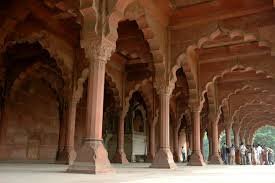
6. The main entrance of the fort is called the Lahore gate
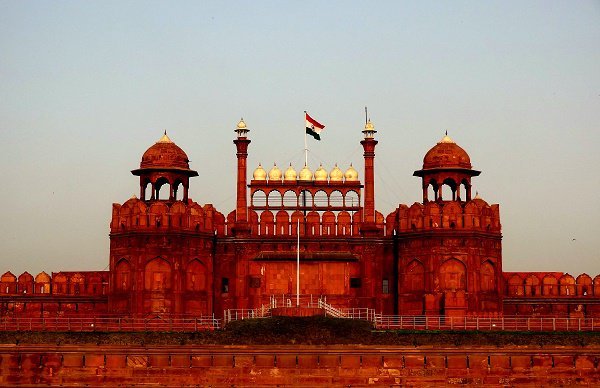
7. There is also a water gate
There is a third minor exit to the fort. Originally on the riverbank it was meant to ensure easy access to the river Yamuna. However, over the years, the course of the river changed but the name remained.
8. The shape of the Red Fort is octagonal
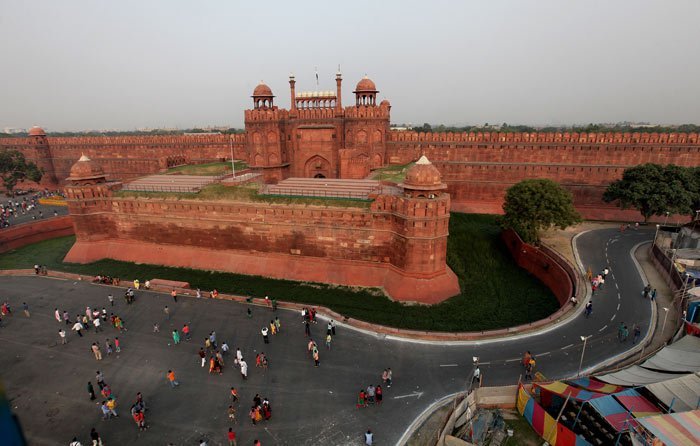
Also Read: Facts About Chhatrapati Shivaji
9. The Rang Mahal was named quite aptly
The Rang Mahal – literally meaning the palace of colours – was the residence of the emperor’s wives, mistresses and maids. The emperor being one lucky man, lived right next door in the Khas Mahal so that he could visit the palace for dinner, or stroll over for coffee. However, the entry for others, except the princes was forbidden.
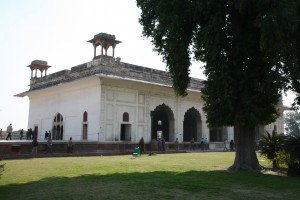
10. Bahadur Shah was tried by the British in his own fort
Bahadur Shah was tried in his own ancestral home by the British on charges of treason. The trial that took place in Diwan-i-Khas in front of British court found Shah Zafar guilty, after which he was stripped of his title and exiled to Rangoon (now Myanmar).
11. Since the first Independence Day, the PM gives a speech from the Red Fort every Independence Day.
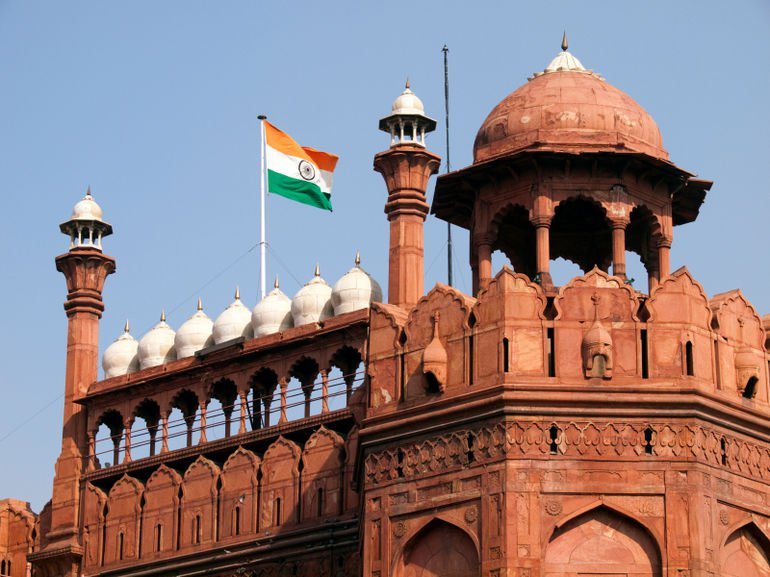
12. The British stripped the fort of all its valuables
At the end of the Mughal rule, the British took over the fort. They not only stripped it of its valuables and sold them, but also damaged monuments and buildings inside. The drain of wealth theory is actually explicit in this case!
13. The Red Fort is a world heritage site
The UNESCO has named the Red Fort as a world heritage site in 2007 for its historical and cultural significance. An architectural wonder India should be proud of.
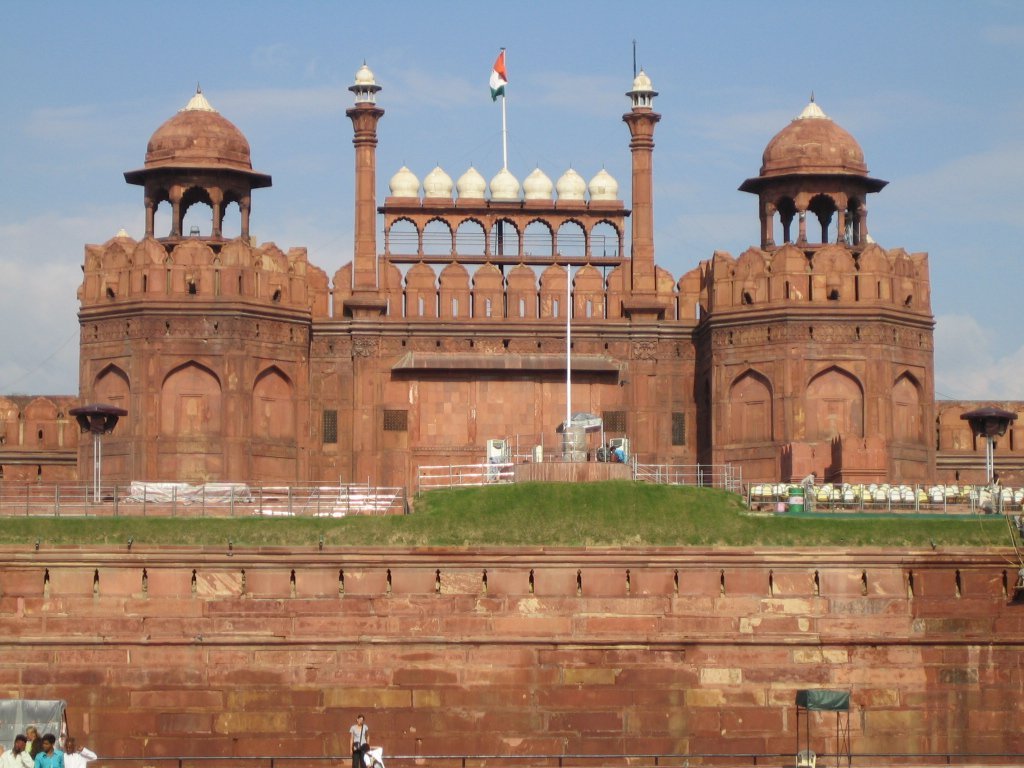
Discovering new stories behind old places always makes the experience of the place better. Maybe knowing these facts about red fort will further allure your next visit to this charming monument.
Also Read: History Facts

















